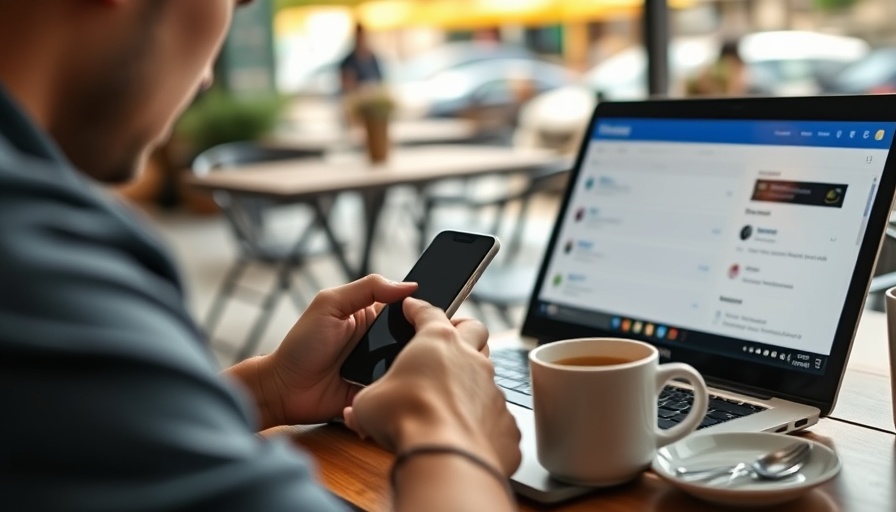
Understanding Email Anxiety: A Common Struggle
Email has become an integral part of our daily lives, both at work and home. However, the very tool meant to enhance communication often breeds anxiety among users. Many individuals dread opening their inboxes, fearing the onslaught of unread messages and the pressure to respond promptly. This phenomenon, known as email anxiety, can affect productivity and mental health.
Identifying the Causes of Email Anxiety
Several factors contribute to email anxiety. The sheer volume of emails, the expectation of quick responses, and the fear of missing critical communications can create overwhelming stress. Moreover, the informality of email communication can lead to misunderstandings that heighten anxiety levels. Understanding these root causes is crucial for developing effective coping strategies.
Effective Strategies to Alleviate Email Anxiety
Here are several practical tips for managing email-related stress:
- Set Specific Times to Check Your Email: Instead of constantly monitoring your inbox, designate specific times during the day to check and respond to emails. This practice helps you regain control over your time and reduces the anxiety of feeling perpetually 'on call.'
- Use Email Filters and Folders: Organizing your inbox can greatly reduce stress. Set up filters to prioritize important emails while automatically sorting less urgent ones into designated folders. A clean, organized inbox can significantly improve your mental clarity.
- Draft Responses in a Draft Folder: If you feel pressured to quickly respond to emails but need more time to formulate your thoughts, draft your responses in a draft folder. This approach allows you to return to them later when you’re more composed.
- Practice Mindfulness Techniques: Incorporate brief mindfulness exercises into your day to alleviate anxiety. When you feel overwhelmed, take a few deep breaths or engage in a short meditation before diving into your inbox.
- Communicate Your Boundaries: Let colleagues and clients know your email response times. Setting clear expectations can ease anxiety knowing that others understand when they can expect to hear back from you.
The Bigger Picture: How Email Anxiety Affects Workplaces
Email anxiety is not just a personal issue; it can lead to a broader culture of stress within workplaces. Organizations must recognize the mental health implications of constant email communication. Studies have shown that excessive email pressure can decrease overall productivity and job satisfaction, highlighting the need for more mindful communication practices.
Future Trends in Email Communication and Mental Health
As remote work continues to increase, the way we communicate through email will likely evolve. Innovations like AI-driven email assistants and smart inboxes may help mitigate anxiety by prioritizing important messages and suggesting responses. Awareness around mental health in the workplace is also growing, potentially leading to systems that prioritize mental well-being over immediate responsiveness.
Conclusion: Taking Steps Towards a Healthier Email Culture
Email anxiety is a prevalent issue that can impact both personal and professional lives. By recognizing the causes and implementing strategies to manage it, individuals can cultivate a healthier approach to email communication. Organizations also play a crucial role in fostering environments that understand and mitigate email-related stress. Together, we can create a more balanced and less anxious digital communication landscape.
As you navigate your email, remember that you are not alone in your struggles. Utilizing these strategies can help, not only for yourself, but for fostering a supportive workplace for all.
 Add Row
Add Row  Add
Add 



 Add Row
Add Row  Add
Add 
Write A Comment